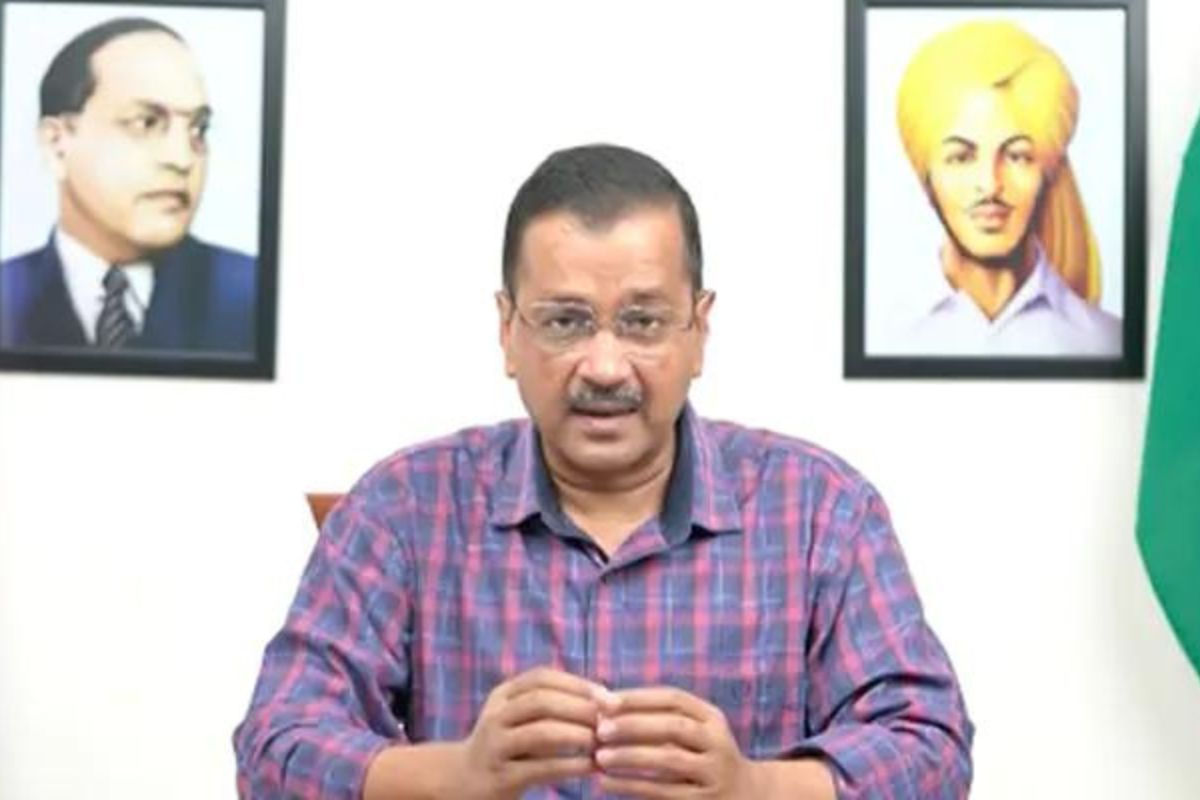After LG’s nudge, Kejriwal orders to address people’s woes in Sangam Vihar
The Delhi CM also asked the chief secretary to read all tweets by the LG, and further advised him to obtain a detailed report from the LG office.
The chief minister called upon the people of Delhi to transform the fight against pollution into a Jan Andolan (people’s movement).

Delhi Chief Minister Arvind Kejriwal (File Photo)
Calling upon the people of Delhi to transform the fight against pollution into a Jan Andolan (people’s movement), Chief Minister Arvind Kejriwal on Monday announced that the levels of PM-2.5 and PM-10 pollutants in Delhi have witnessed a remarkable 30 per cent decline in 2022 when compared to 2016, reflecting the effectiveness of the city’s pollution control measures.
Addressing Delhi government’s Paryavaran Sammelan event at Thyagaraj Stadium on occasion of World Environment Day, Kejriwal said Delhi’s air quality has seen a remarkable improvement over the years.
“In the last eight years, the pace at which developmental activities have taken place in Delhi have only increased, however this has not caused the pollution levels to rise. Several schools, hospitals, roads and flyovers have been constructed in the last eight years, but the pollution levels instead of rising have only reduced in this period. This was possible only because the state government has worked hard along with the 2 crore citizens of the city to curb pollution in the city. I am aware of several student groups, eco clubs and other citizen-centric activities that have taken place in Delhi to fight this war against pollution in the last eight years,” he said.
Advertisement
“In 2016, the city experienced 26 days of poor air quality, whereas in 2022, this number plummeted to only 6 bad-air days. Conversely, the number of clean air days rose from 109 in 2016 to an impressive 163 in 2022, illustrating the positive impact of the government’s relentless pursuit of cleaner air for its citizens,” Kejriwal said.
The chief minister highlighted the various initiatives undertaken by the Delhi government to combat pollution, including tree transplantation, the implementation of Piped Natural Gas (PNG) in industries, and the utilisation of Real-Time Source Apportionment Technology.
Moreover, the government has identified and is actively working on 13 pollution hotspots in the state. These multifaceted interventions underscore the government’s unwavering commitment to curbing pollution and safeguarding the health and well-being of Delhi’s residents.
In addition to these efforts, the CM mentioned the successful implementation of the ‘Yuddh Pradushan Ke Virrudh’ campaign, and efforts aimed at reducing pollution caused by stubble burning. Through the use of bio-decomposer solution, Delhi has witnessed a significant decline in stubble burning incidents, leading to improved air quality and the well-being of its citizens.
Delhi’s green cover has also experienced remarkable growth over the years. The state’s green cover has expanded from 20 per cent to an impressive 23 per cent, signifying the government’s commitment to environmental conservation. Building upon this achievement, the Delhi government has set an ambitious target of planting 52 lakh saplings this year, demonstrating its determination to foster a greener and healthier future for all.
Advertisement